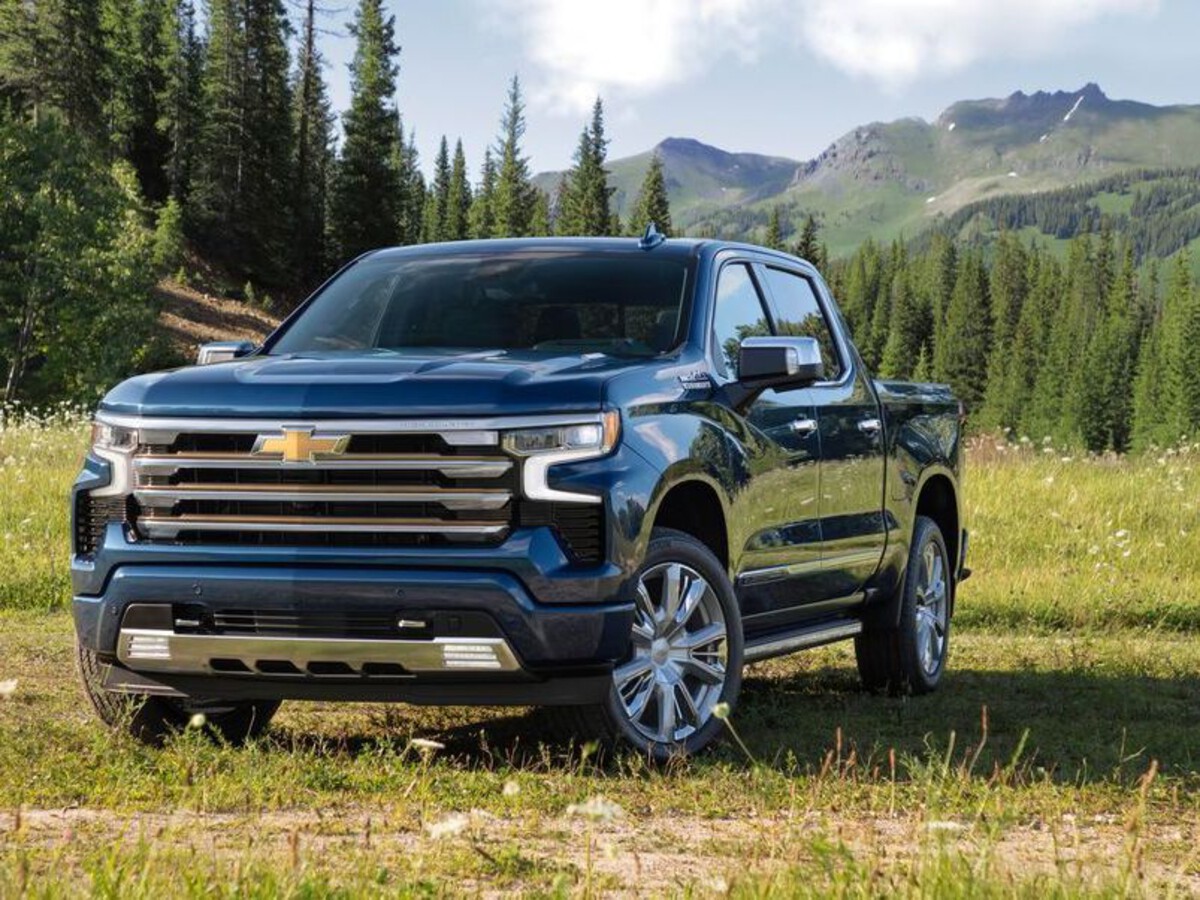When it comes to driving a pickup truck, few moments are as anxiety-inducing as stopping on a steep hill, especially when the vehicle is loaded down with gear or towing a trailer. That short pause between lifting your foot off the brake and pressing the accelerator becomes a critical window—one where even the slightest rollback can lead to damage, danger, or embarrassment.
This is where Hill-Start Assist (HSA) comes in, a modern convenience feature that acts like an invisible helper, holding the truck in place just long enough to get moving again without losing ground. It may seem like a small thing, but on a steep incline with traffic behind you, that two-second brake hold can be the difference between confidence and chaos.
Originally developed for manual transmission vehicles to prevent stalling or rollback during clutch engagement, hill-start assist has become increasingly common in automatic transmission trucks as well. As pickups have grown larger, heavier, and more powerful, their potential to roll back has only increased, particularly when pulling trailers or navigating rough terrain.
Today, HSA systems are standard on most new pickups, but the quality of these systems varies significantly from one model to another. Some engage smoothly and quietly in the background, making uphill starts seamless even for novice drivers. Others are inconsistent, abrupt, or so poorly implemented that drivers often prefer to ignore them entirely.
In this comprehensive guide, we’ll examine ten popular pickup trucks from across the spectrum—five that excel in hill-start assist, offering reliable performance that boosts driver confidence, and five that fall short, with systems that are outdated, ineffective, or simply not up to modern expectations.
Our goal isn’t just to list specs or manufacturer claims but to assess real-world usability. How does the system feel on a steep hill? Does it hold long enough without letting go too soon? Can it adapt when towing a heavy load? Does it work on gravel, ice, or loose dirt? These are the questions that matter to pickup owners in daily driving scenarios.
The five top performers featured here—trucks like the Ford F-150, Ram 1500, and Toyota Tundra—have systems that not only engage quickly and intuitively but also account for variables like terrain, weight, and throttle input.
These are the trucks that give you peace of mind whether you’re reversing up a trail, starting on a slope in traffic, or pulling a boat out of the water. Their systems are well-integrated with traction control, braking logic, and even infotainment displays, giving drivers useful cues without overwhelming them with unnecessary complexity.
On the other hand, we’ll also cover five popular trucks—such as the older Nissan Frontier and the Chevrolet Colorado—that either implement HSA poorly or fail to improve on systems that were once considered “good enough.”
Some of these models offer minimal hold time, confusing feedback, or lack adaptive performance based on real-world conditions. For owners who drive in hilly regions or spend time towing, these limitations can be more than just inconvenient—they can be dangerous.
Whether you’re a truck owner considering an upgrade, a fleet manager evaluating your next purchase, or a new driver trying to avoid rollback panic, this article breaks down what works and what doesn’t.
We’ll dive deep into how each system functions, how it compares to its rivals, and what kind of driver each truck suits best. In an age when safety and drivability matter more than ever, hill-start assist isn’t just a checkbox on a spec sheet—it’s a real test of how well a truck can handle the challenges of the road ahead.
Also Read: 5 Sedans With Best Throttle Response And 5 That Are Sluggish
Top 5 Pickups with the Best Hill-Start Assist Systems
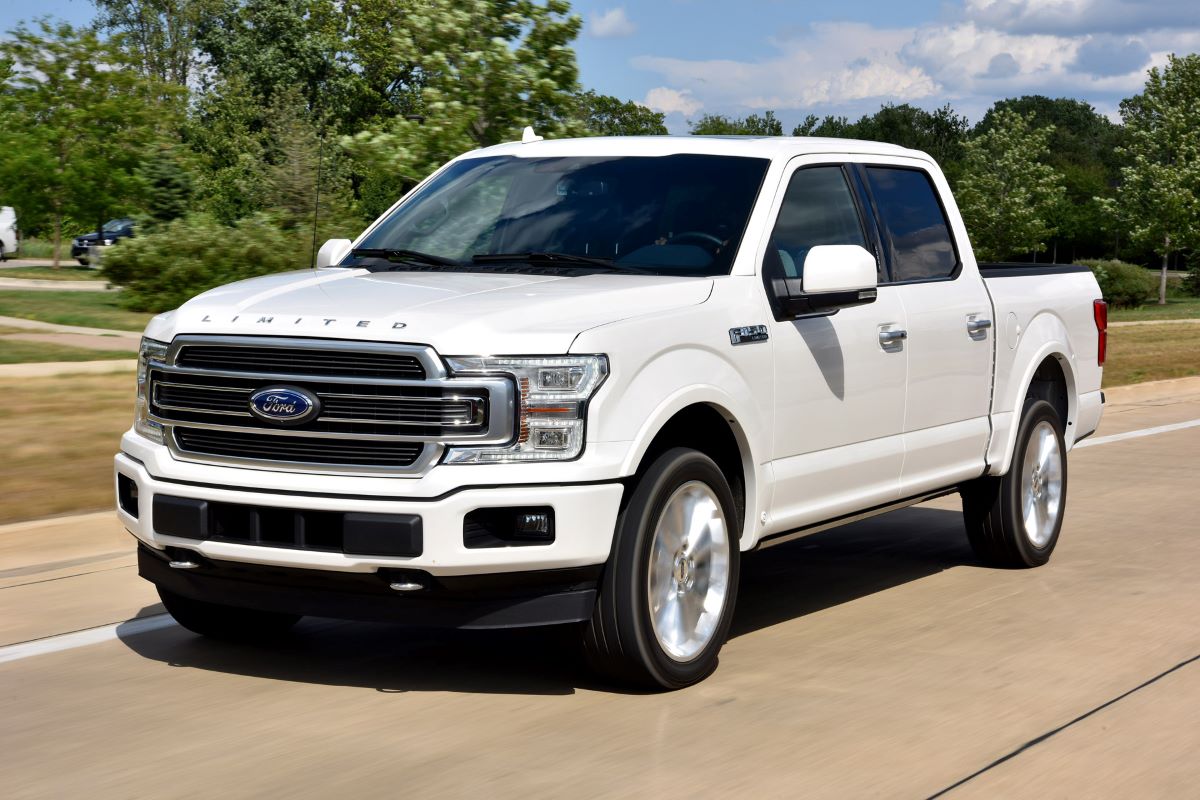
1. Ford F-150 (13th and 14th Generation)
The Ford F-150 has always set the bar high for full-size pickups, and its hill-start assist system is no exception. First introduced in earlier versions, but significantly improved in the 13th (2015–2020) and 14th generation (2021–present), Ford’s system uses intelligent sensors to detect inclines and apply the brakes automatically for a brief period as the driver transitions from the brake to the accelerator.
This eliminates the dreaded rollback many drivers experience on hills, especially when towing or carrying heavy loads. The system operates so smoothly that most drivers won’t even notice it engaging — which is precisely the point. It works in the background without drawing attention to itself.
Where the F-150 particularly excels is in its adaptability. Many hill-start assist systems feel rigid or overly mechanical, but Ford’s calibration seems to understand intent and terrain. If you’re at a complete stop on a steep hill, the truck locks the brakes gently but firmly, preventing any reverse motion. As you press the accelerator, the hold releases at just the right moment to prevent any hesitation.
This intelligent timing is what separates Ford’s system from some competitors that let go too quickly or hold too long, both of which can make for an awkward or unsafe start. The responsiveness is especially appreciated in hilly city environments or on trails with frequent elevation changes.
Another key strength lies in Ford’s inclusive approach. Unlike other brands that lock safety features behind premium trims, the F-150 offers hill-start assist even on its base XL trim. This accessibility ensures that commercial fleet drivers, budget-conscious buyers, and those new to towing don’t miss out on vital features.
Add to that Ford’s continued investment in electronic brake force distribution and torque vectoring, and it becomes clear that the hill-start assist system isn’t a bolt-on gimmick—it’s part of a broader, well-integrated braking and traction management platform.
Moreover, real-world feedback backs up the tech. Drivers across forums and owner reviews consistently praise the F-150’s uphill composure, with many noting how the truck handles steep driveways, ramps, and mountain inclines without the usual anxiety. Whether it’s hauling a trailer up a snowy slope or starting from a red light on an urban hill, the F-150 remains composed and supportive, thanks in no small part to a hill-start assist system that sets the gold standard for the segment.
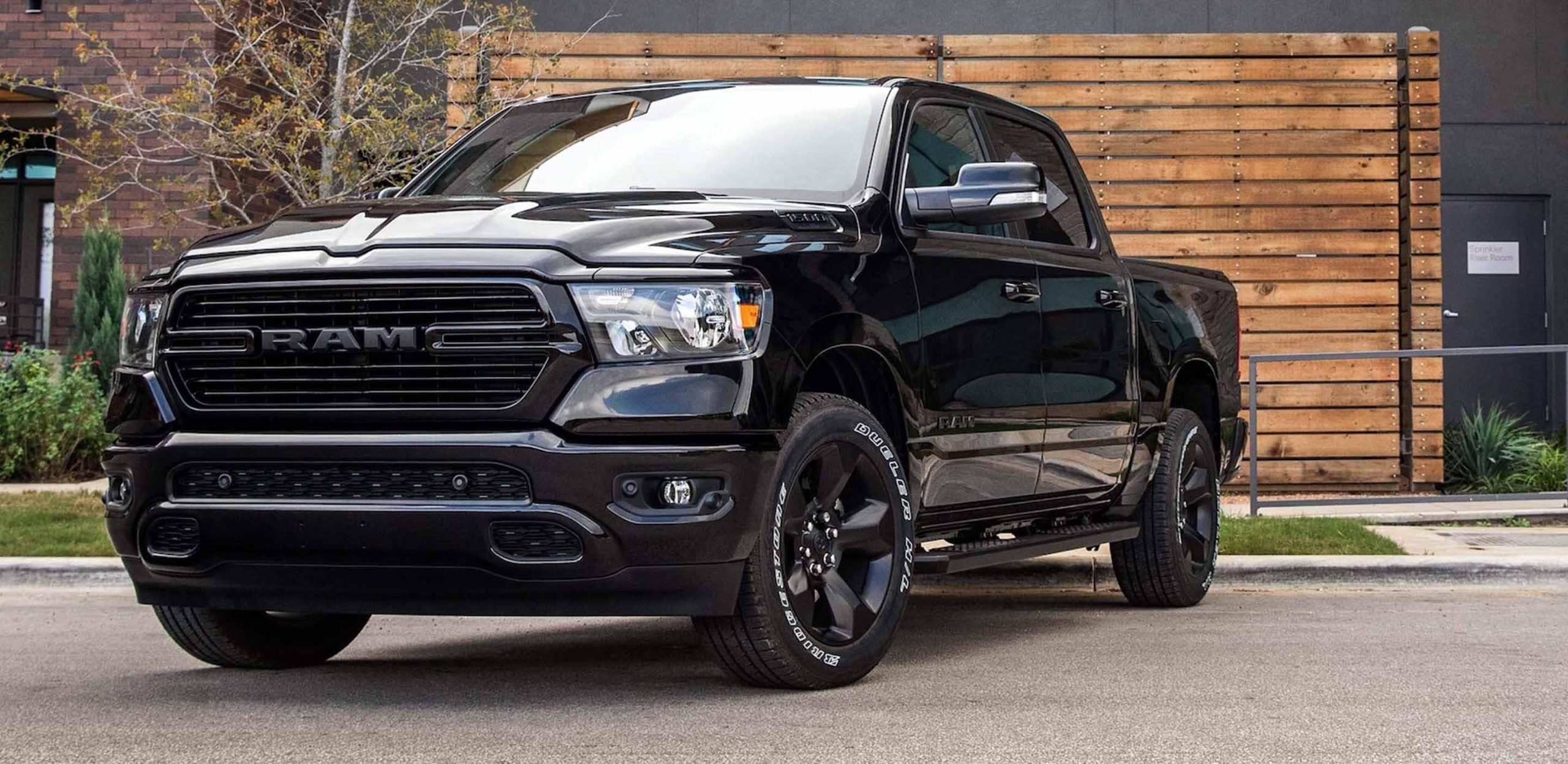
2. Ram 1500 (5th Generation)
The fifth-generation Ram 1500, introduced in 2019, marked a turning point for Ram. Known in earlier years primarily for raw power and ruggedness, Ram’s latest iteration adds finesse, comfort, and some of the most impressive driving technology in the full-size segment.
Its hill-start assist system, though not heavily advertised, has quietly become one of the most capable and refined systems available today. Ram’s implementation is subtle yet robust — it holds the truck in place for around two seconds after the brake is released on an incline, providing just enough time for a smooth throttle transition without unexpected rollback.
Where Ram’s HSA really shines is in high-load situations. Whether towing a 9,000-pound trailer or hauling bed-fulls of gear, the system scales brake pressure and responsiveness to the weight. This dynamic control gives drivers an added sense of security, especially on hilly terrain or when launching from a dead stop with a loaded bed.
It works well in both forward and reverse gears, a thoughtful addition that proves helpful during trailer maneuvers or backing up inclines. The coordination with the truck’s electronic parking brake and traction control also ensures the entire system works as a cohesive unit rather than separate functions stepping on each other.
Ram has also gone a step further by integrating its HSA with other comfort and utility features. For example, when used in conjunction with the optional air suspension, the truck automatically levels itself to optimize weight distribution, making the hill-start assist more stable and predictable.
It also enhances confidence on uneven surfaces, like trailheads or boat ramps, where many trucks tend to lurch or roll back dangerously. The addition of real-time brake force modulation — which senses and adjusts to road surface type — ensures the HSA engages properly on both pavement and dirt.
Finally, the overall refinement of the Ram 1500’s driving experience makes the hill-start assist system feel natural. There’s no clunky brake grab or aggressive release — just a fluid, almost unnoticeable transition from stop to go.
This attention to driver comfort and control is part of what makes the 5th-gen Ram stand out. In the real world, that translates to a safer and more relaxed experience when tackling steep driveways, parking garages, or mountain roads. For anyone who values both muscle and manners in a pickup, the Ram 1500’s HSA system is a standout feature.
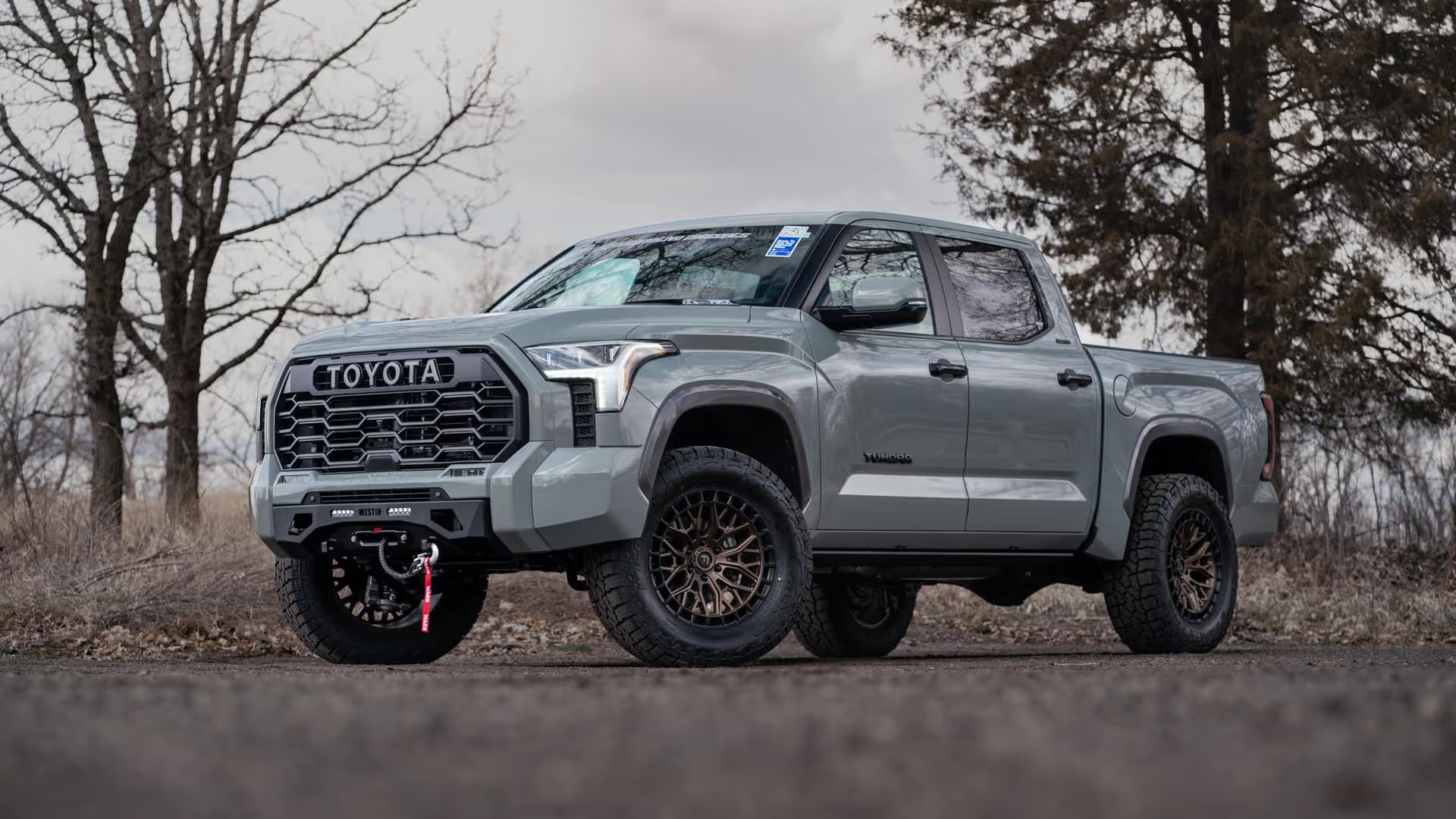
3. Toyota Tundra (3rd Generation – 2022+)
The 2022+ Toyota Tundra introduced a ground-up redesign that brought with it a wave of modern technology, much of it aimed at improving the safety and drivability of the vehicle in everyday and rugged conditions alike.
Among the most important upgrades was the reworked hill-start assist system, which had previously been a weak point for Toyota’s full-size pickup. Now, the 3rd-gen Tundra boasts a robust and intelligent system that functions with a level of precision and smoothness that places it comfortably among the top in its class.
One of the most impressive elements of Toyota’s HSA is how well it coordinates with other systems. The Tundra uses onboard gyroscopes and pitch sensors to assess when the vehicle is on a hill, and it activates hill-start assist seamlessly the moment it detects upward slope pressure while at a stop.
It then holds the brake for two to three seconds, ensuring enough time for even slower-reacting drivers to make the transition. In fact, it is one of the few systems that takes trailer load and rear pitch angle into account when calculating brake-hold force, which makes it an ideal option for towing on steep terrain.
The Tundra also shines off-road, where many pickups show the limitations of their hill-start assist systems. Thanks to Toyota’s experience with the Land Cruiser and other off-road platforms, the Tundra’s system is responsive not just on asphalt but also on sand, gravel, and rock-strewn trails.
Combined with features like Crawl Control and Downhill Assist, the hill-start system plays a vital role in maintaining control in both forward and reverse. When the driver moves their foot from brake to gas, torque delivery is managed carefully to avoid slipping or sudden surges — a subtle but critical difference when climbing loose surfaces.
Toyota also earns credit for user interface design. The Tundra’s digital instrument cluster and infotainment display show visual cues when hill-start assist is engaged, making it easier for drivers to understand what’s happening. It’s a small touch, but it makes a big difference in usability.
All of this combines to make the new Tundra one of the most user-friendly and confident-feeling trucks in steep terrain, whether you’re in an urban parking structure or launching a boat down a sloped ramp.
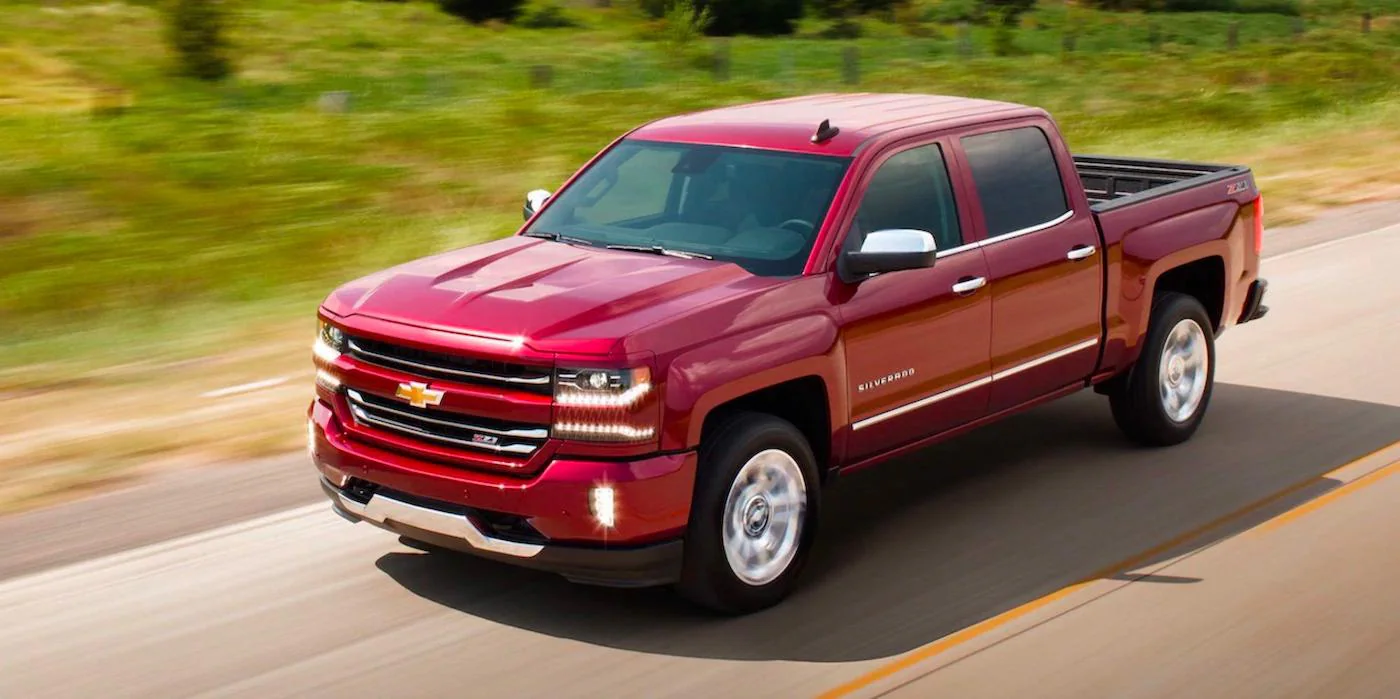
4. Chevrolet Silverado 1500 (2019–Present)
The 2019+ Chevrolet Silverado 1500 has taken a thoughtful approach to hill-start assist, offering a system that is precise, efficient, and well-integrated into the overall driver-assist suite. One of the core strengths of the Silverado’s system is its restraint; it doesn’t overreact to slight grades or activate prematurely, which helps prevent driver annoyance.
When it does engage, it holds the vehicle firmly in place, providing a sense of calm and stability even on sharp inclines. In busy city traffic or when towing on rolling terrain, this precision contributes significantly to driver confidence.
Chevy’s implementation is backed by a robust electronic brake system that senses load and slope to determine the optimal amount of hold pressure. The Silverado’s system also factors in how quickly the driver transitions from brake to gas. If the driver is a bit slower, the system slightly extends the hold time, which is particularly helpful for those less experienced with hill starts.
It creates a buffer against rollback that’s neither overbearing nor too short-lived. The ability of the system to adapt in this way speaks volumes about GM’s commitment to refining driver safety features beyond simple on-off functionality.
Where the Silverado truly distinguishes itself is in towing performance. With some configurations capable of hauling over 13,000 pounds, hill-start assist becomes critical. The system performs reliably even under full load, providing a clean, confident launch on steep ramps and hills.
It’s especially useful for commercial users who may be moving heavy equipment or trailers on a daily basis. The integration with the truck’s trailer brake controller ensures that the brakes hold not just the truck, but also work in tandem with the trailer’s braking system to prevent any backward pull.
Beyond raw performance, the Silverado delivers a refined user experience. Visual confirmation of hill-start assist activation appears in the driver display, and the transition from hold to go is smooth and intuitive.
In combination with the Silverado’s stiff chassis and balanced suspension, the system makes hill starts feel easy and drama-free. It’s the kind of invisible technology that works exactly when needed and stays out of the way when not, making it a quietly essential part of the Silverado’s utility-focused design.
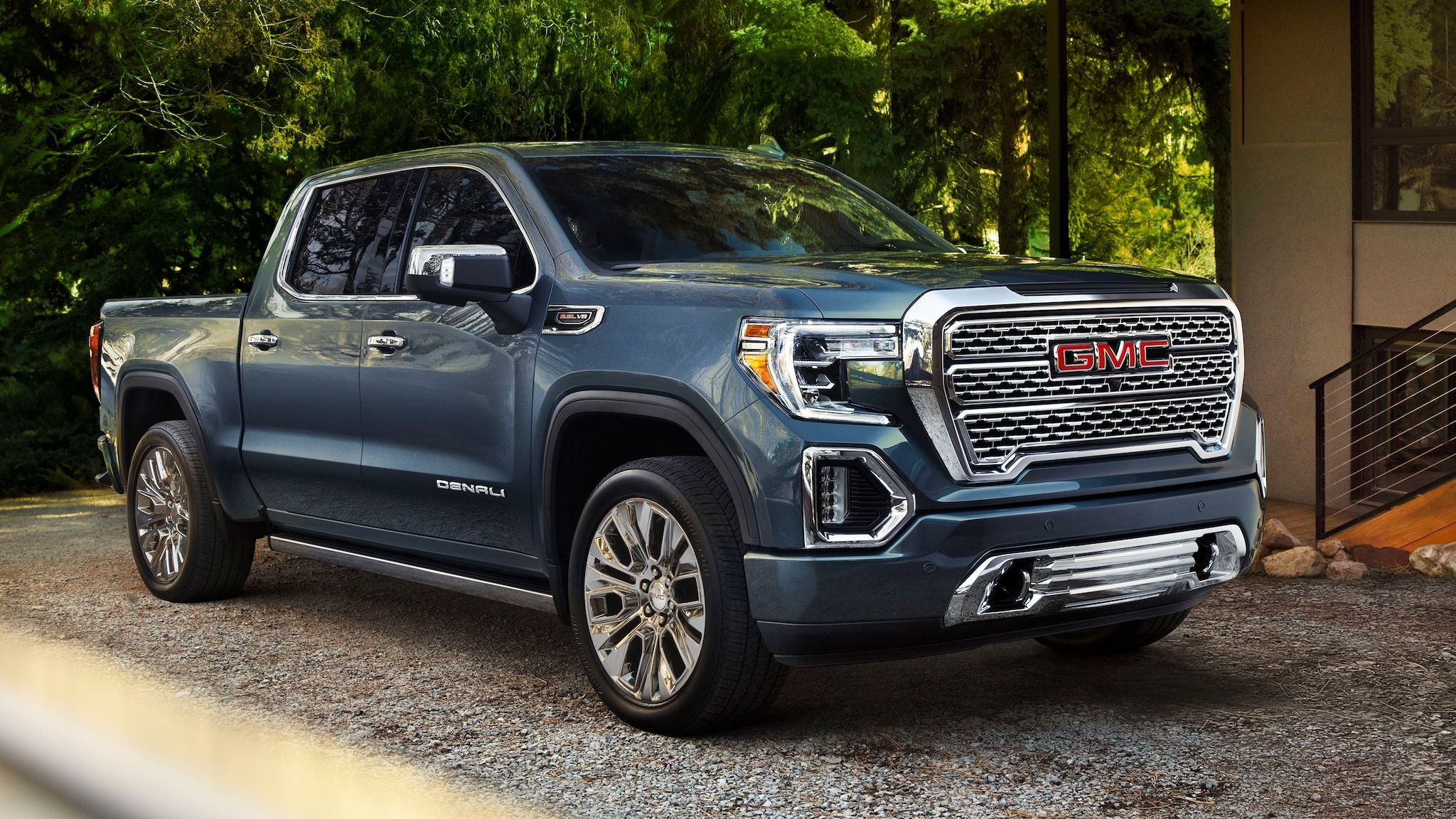
5. GMC Sierra 1500 (2019–Present)
As the upscale sibling of the Silverado, the GMC Sierra 1500 benefits from all the engineering underpinnings of Chevy’s platform while adding a layer of refinement that appeals to drivers who want rugged capability without sacrificing comfort or convenience.
The hill-start assist system in the Sierra is identical in function to the Silverado’s but comes with more polish in terms of user feedback, interface, and overall driving feel. This makes it a top-tier system for drivers who frequently encounter hilly terrain, whether in construction sites, mountain roads, or urban inclines.
GMC’s version of hill-start assist is responsive and precise, engaging only when necessary and disengaging cleanly when throttle input is detected. The system is intelligent enough to distinguish between a temporary stop on a slope and a full hill start, which minimizes unwanted intervention.
On slippery or loose surfaces, the Sierra’s brake control system coordinates with traction management to ensure that wheel spin is minimized during hill starts — a significant safety benefit when conditions are less than ideal. Whether you’re pulling a trailer or just navigating an incline in poor weather, this system helps reduce the chance of slippage or sudden movement.
What sets the Sierra apart is the added user interface clarity. In upper trims like the Denali and AT4, a high-resolution driver information center displays system status in real-time, offering peace of mind and enhanced control.
Paired with advanced driver-assist features such as trailer sway control and integrated brake controllers, hill-start assist becomes one part of a larger symphony of systems working to keep you stable and in control. Drivers often note that the Sierra feels “planted” even when starting on inclines, which is a testament to the synergy between the truck’s braking, suspension, and software calibration.
Even in off-road conditions, the Sierra’s AT4 trim benefits from hill-start assist that works both in drive and reverse. This is particularly valuable when repositioning on steep trails or launching on unsteady terrain. GMC’s system holds the truck momentarily and then gently hands control to the driver without lurching or hesitation.
It’s subtle, but in tough situations, that subtlety becomes crucial. The Sierra’s hill-start assist is a reflection of the truck’s overall approach: capable, premium, and quietly effective.
5 Pickups That Still Roll Back: The Underachievers in Hill-Start Assist
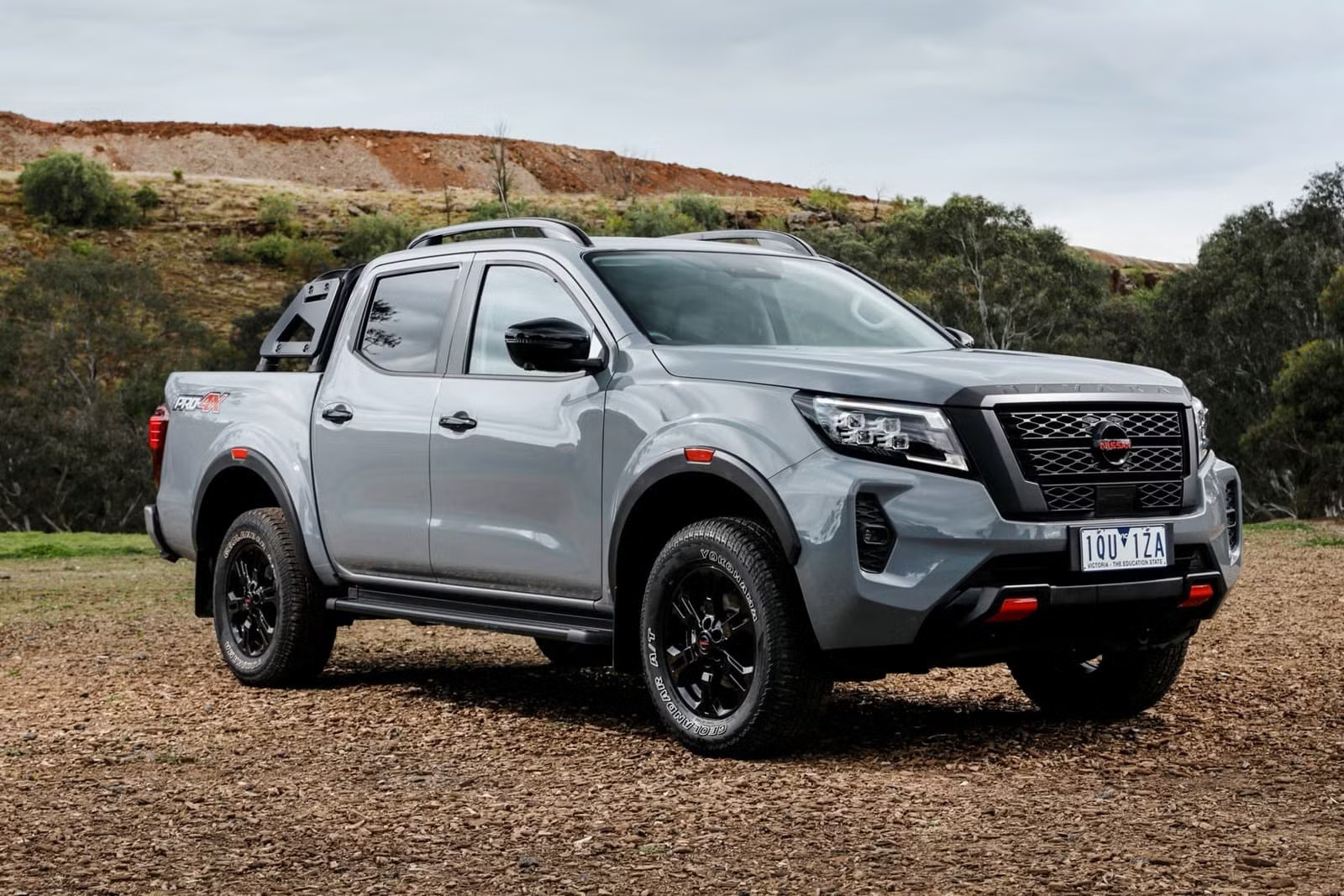
1. Nissan Frontier (Pre-2022 Models)
Before its long-overdue redesign in 2022, the Nissan Frontier had been virtually untouched for nearly two decades. While this continuity made it beloved among fans of no-frills, rugged mid-size trucks, it also meant the Frontier lagged severely in modern technology.
Nowhere is that more obvious than in the pre-2022 model’s hill-start assist functionality—or more precisely, its spotty, inconsistent implementation. Although the feature was technically introduced around 2011, in practice, it lacked the refinement and reliability seen in other pickups.
The biggest issue with earlier Frontier models is the inconsistency of the system. Sometimes it engaged as expected, holding the truck briefly before releasing the brakes. Other times, it seemed unaware of the incline or let go too soon, leaving drivers—especially those with manual transmissions—struggling to get moving without rolling back.
Owners often described the system as “hit or miss,” and in truck driving, that’s unacceptable. A rollback of even a few inches can lead to a costly mistake, particularly when towing or parking on a steep driveway.
Even in automatic versions, the system felt unrefined. Instead of smoothly transitioning control from brake to accelerator, early models with HSA had an almost binary behavior—either it locked too harshly or disengaged abruptly.
Some drivers reported mild lurches when the system released, which is a problem when pulling trailers or navigating tight, uphill urban environments. It lacked the adaptive intelligence seen in newer models from Ford, Ram, or Toyota. Simply put, it was a static system in a dynamic world.
This shortcoming also reflects Nissan’s previous broader neglect of modern safety features. The company focused so heavily on affordability and mechanical simplicity that it left the Frontier behind in critical areas like electronic driver assists.
Only with the 2022 redesign did the Frontier finally receive a modern, competitive HSA system. But for the vast number of Frontier owners driving pre-2022 trucks, the message is clear: you’ll need to rely more on your left foot than on your onboard systems when the road starts pointing up.
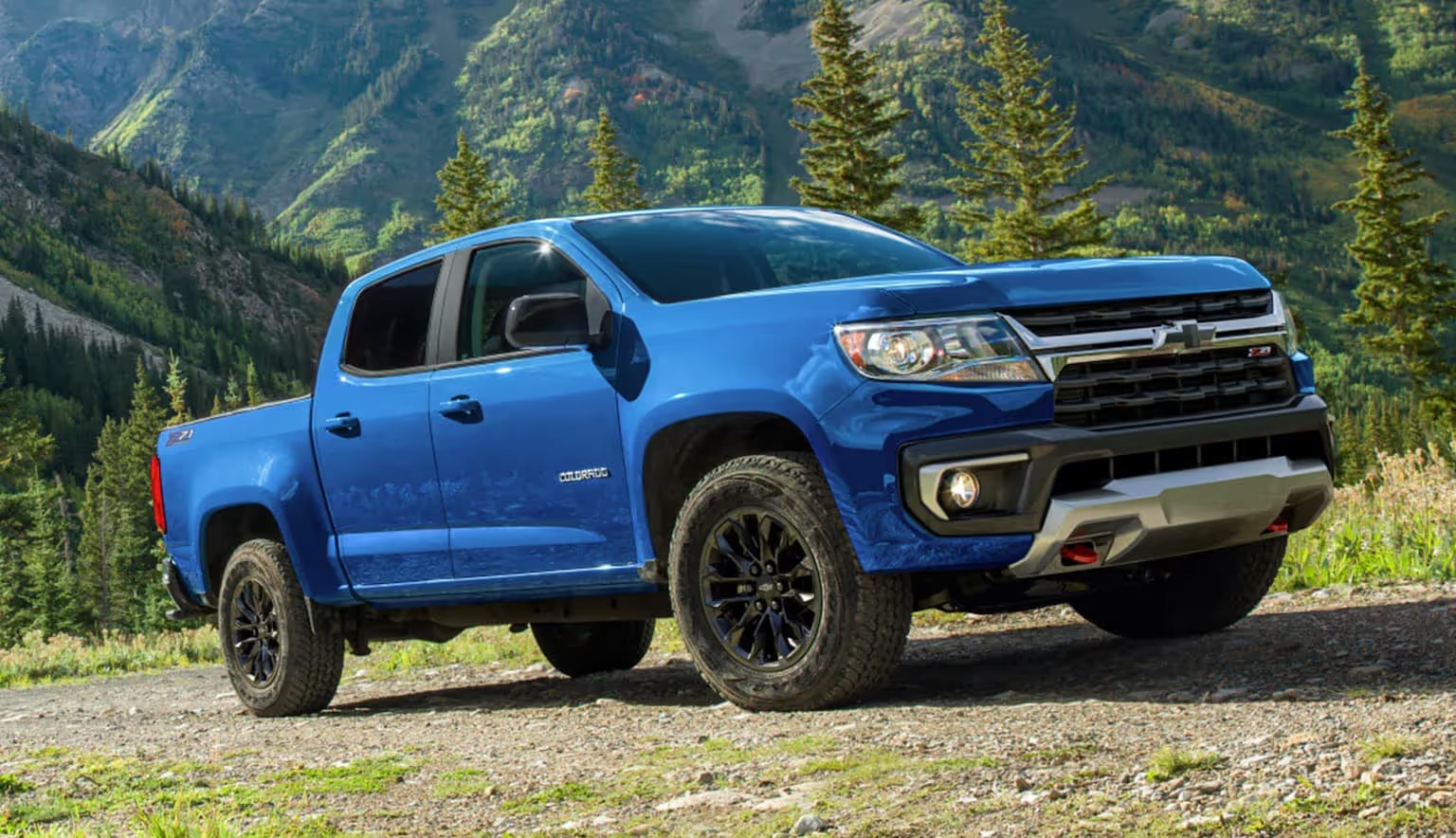
2. Chevrolet Colorado (Pre-2023 Models)
The Chevrolet Colorado has always occupied a strange space in the mid-size truck market—competent and rugged enough to compete, but often outpaced by Toyota and Ford when it came to refinement and features.
One of the more glaring examples of this is the Colorado’s underwhelming hill-start assist performance in models before its 2023 redesign. While the system was technically present, it often fell short of its intended purpose, especially when tested on steeper inclines or in real-world towing scenarios.
One of the primary issues with Colorado’s HSA system was its limited hold time and unpredictable behavior. The brake hold, which is supposed to give drivers a two- to three-second buffer to transition to the gas pedal, was sometimes too brief. In other cases, it would disengage early if the driver hesitated even slightly.
This behavior led to unintended rollback, especially frustrating for drivers who assumed the system would take care of the stop/start on hills. When towing or carrying heavy payloads, this brief rollback could cause extra stress or, in some cases, slight but jarring lurches backward.
Additionally, the Colorado lacked some of the intelligent responsiveness found in its full-size sibling, the Silverado. It didn’t seem to adapt well to different surfaces or vehicle loads, behaving the same whether the truck was empty or towing a trailer.
This one-size-fits-all logic simply doesn’t hold up in environments where grades and weights vary constantly. For urban users navigating parking ramps or for outdoor users managing off-road climbs, the system often added to the stress rather than alleviating it.
Another drawback was the lack of meaningful visual or audible cues. In most trims, there was no indication of when the system was active, leading to confusion among drivers as to whether it had actually engaged.
This made the feature feel like an unreliable afterthought rather than a carefully engineered aid. Thankfully, the 2023 model year overhaul improved many of these shortcomings. But for those driving earlier models—particularly from 2015 to 2022—the Colorado’s hill-start assist often fell short of expectations.
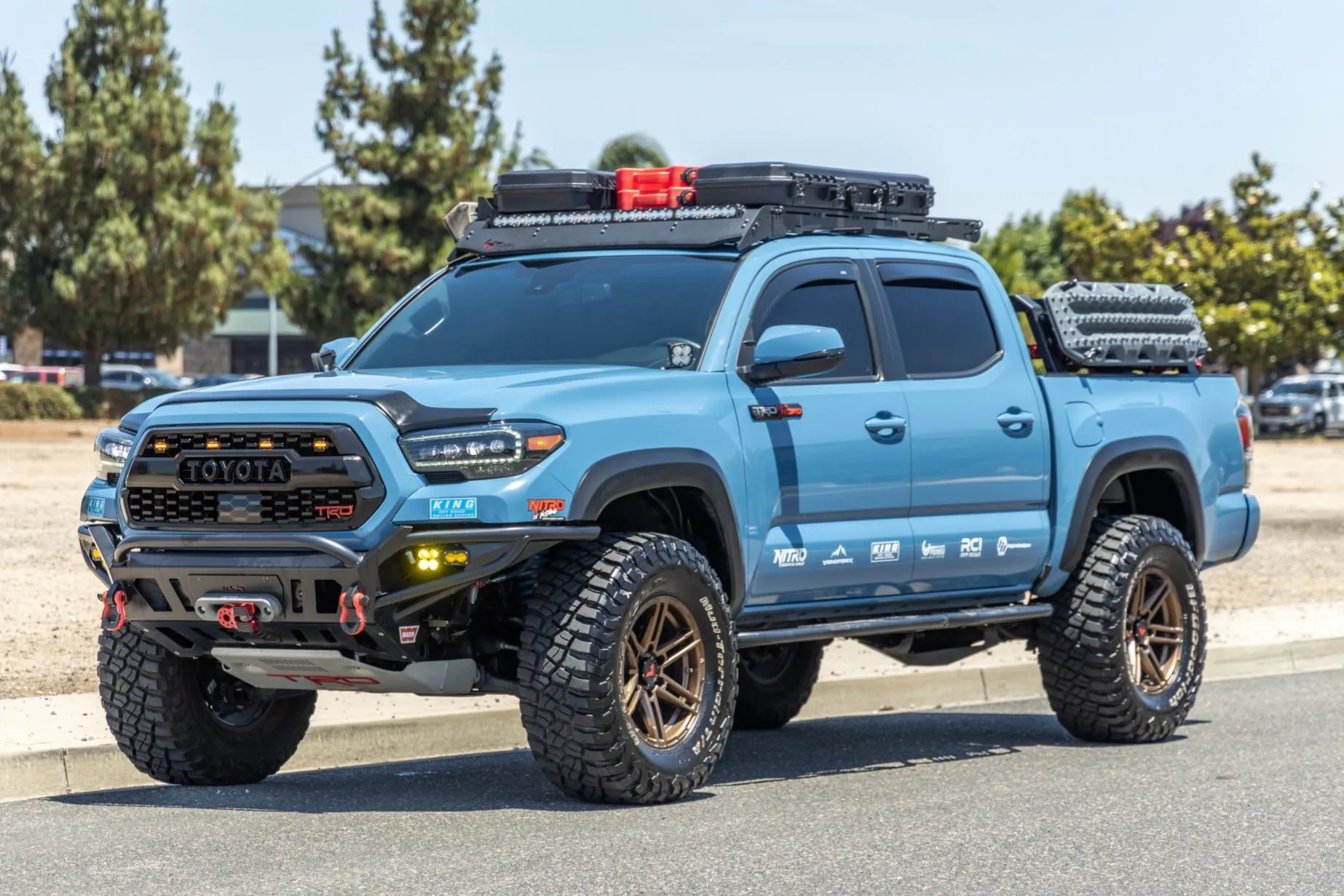
3. Toyota Tacoma (All Generations to Present)
Despite Toyota’s reputation for reliability and off-road prowess, the Tacoma has long struggled with refined electronic driver aids. Even in its most current form, the Tacoma’s hill-start assist system leaves much to be desired.
Unlike the Tundra, which got a major tech overhaul in 2022, the Tacoma remains dated in terms of software and integration. Hill-start assist is technically included in most trims, but it’s plagued with delayed responses, inconsistent performance, and an overall lack of finesse that can leave drivers frustrated on steep terrain.
One of the main complaints is that the system tends to disengage too early. Rather than giving drivers the industry-standard two seconds of brake hold, many Tacoma owners report the system lets go after just a second or less—barely enough time to move your foot from brake to gas.
On a light incline, this may not be a major issue. But when climbing out of deep driveways or off-road trails with a trailer in tow, that early release is enough to cause a noticeable and potentially dangerous rollback.
To make matters worse, the Tacoma’s throttle response at low speeds doesn’t help compensate for this issue. Known for its jumpy or non-linear throttle curve, the Tacoma can be difficult to control in precise stop-start situations.
This combination—early HSA release and quirky throttle response—can lead to awkward, stuttering launches on hills. Drivers often find themselves applying too much gas just to avoid rollback, resulting in overcorrection or wheel spin, especially on gravel or wet pavement.
The final nail in the coffin is Toyota’s slow pace in updating the Tacoma’s platform. While competitors like the Ford Ranger and Chevy Colorado have introduced newer models with smarter electronic assistance systems, the Tacoma continues to rely on dated tech architecture.
Until a full redesign modernizes its electronics suite, the Tacoma remains one of the few trucks where hill-start assist may do more harm than good. It’s a tough pill to swallow for a truck so beloved by adventurers and off-road enthusiasts.
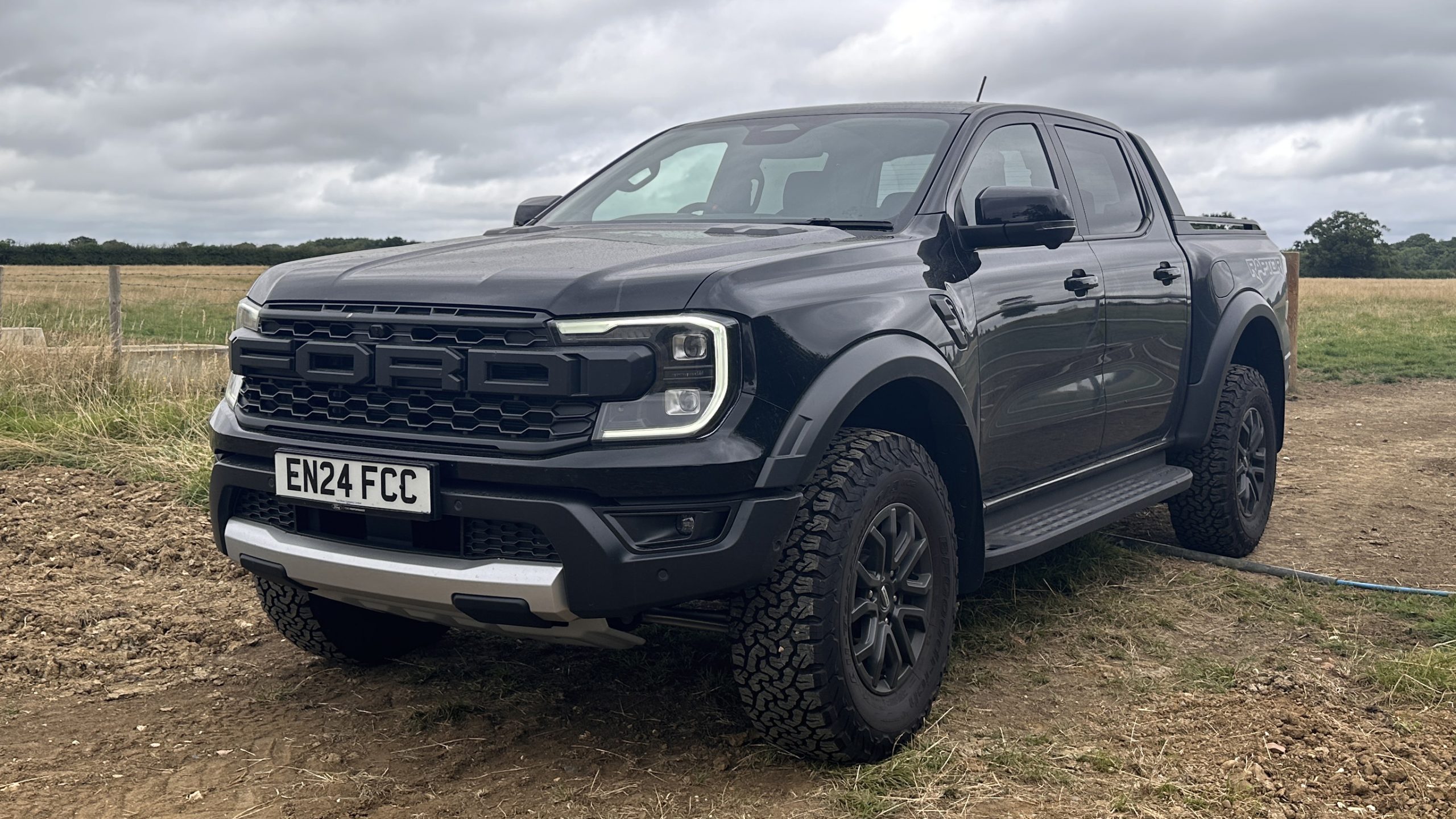
4. Ford Ranger (2019–2023)
When the Ford Ranger re-entered the North American market in 2019, expectations were high. Unfortunately, while the truck delivered solid performance in many categories, its hill-start assist system left much to be desired.
For a vehicle that markets itself to urban professionals and off-road adventurers alike, the execution of HSA was surprisingly basic and, at times, even counterproductive. Though the feature was standard, its functionality didn’t meet the standards set by the larger F-150—or even its mid-size rivals.
The Ranger’s hill-start assist engages automatically when it detects an incline, but the behavior is often inconsistent. Some drivers report the truck holding for too short a time, while others describe a delay in the release, which creates a jerky, hesitant launch.
Either way, the end result is a start that feels less controlled than in most modern trucks. On steeper slopes, this can cause anxiety for even experienced drivers. When towing or carrying a load in the bed, the lack of responsiveness becomes even more noticeable.
What’s puzzling is that Ford clearly has the tech to do this well—after all, the F-150’s HSA system is one of the best in the business. But in the Ranger, it feels like a stripped-down or watered-down version, lacking the same level of integration with the vehicle’s weight distribution, traction control, and brake systems.
It doesn’t seem to adapt to different surfaces or recognize payload changes, leading to unpredictable performance in scenarios where control is critical.
Lastly, the user interface provides minimal feedback. There’s little in the way of driver notification that the system is active, which means that users are left guessing. This confusion can lead to unnecessary overcompensation or a false sense of security.
While the upcoming next-generation Ranger models promise to fix many of these shortcomings, the 2019–2023 models remain stuck with a version of hill-start assist that is neither refined nor dependable, certainly not what you’d expect from a brand with Ford’s engineering legacy.
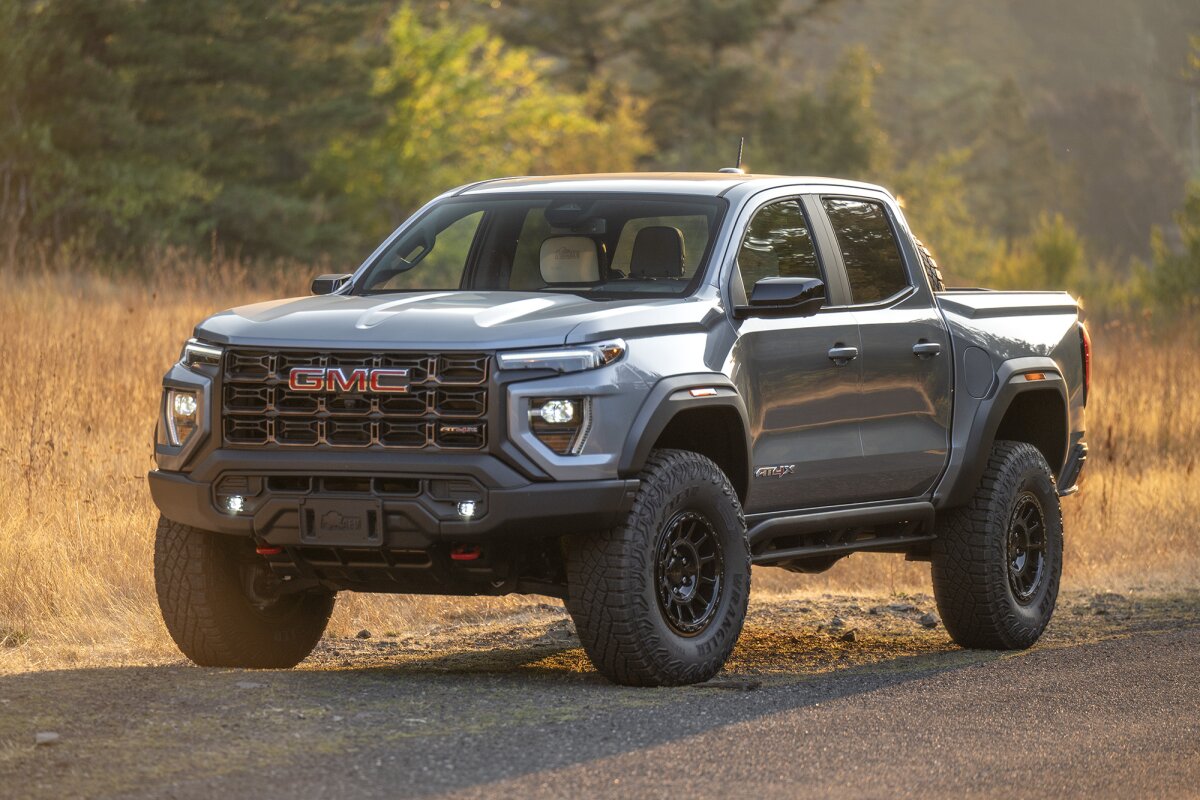
5. GMC Canyon (Pre-2023 Models)
Much like its corporate twin, the Chevrolet Colorado, the GMC Canyon struggled with an underdeveloped hill-start assist system in models built before 2023. Although GMC positions the Canyon as a more premium mid-size truck, that higher price tag didn’t come with better-performing driver-assist systems.
The HSA feature was available, but it felt like a generic inclusion, offering just the bare minimum of functionality without any of the intelligent behavior or feedback drivers have come to expect from newer trucks.
One of the most commonly reported issues was early disengagement. The system would hold the brake just long enough to give the illusion of protection, but as soon as the driver moved toward the throttle—especially if it wasn’t immediate—the truck would start to roll back.
This behavior was particularly unsettling in manual transmission models, where rollback is already more difficult to manage. Even in automatics, drivers towing boats or campers found the system unreliable when climbing ramps or starting on steep grades.
Another shortfall was the lack of surface adaptation. The Canyon’s HSA didn’t take into account terrain type or wheel traction. Unlike more modern systems that adjust brake pressure and torque output based on environmental conditions, the Canyon used a fixed logic model.
That rigidity often led to awkward starts in snow, gravel, or rain. Instead of easing the transition from brake to gas, the system became another variable drivers had to account for—ironically making hill starts more stressful.
Lastly, while GMC likes to emphasize luxury in trims like the Denali, the electronic suite in pre-2023 Canyons didn’t match up with those expectations. The driver wasn’t provided much in the way of visual cues, feedback, or customization.
In a world where trucks are becoming smarter and more connected, the Canyon’s outdated HSA system stood out as a reminder of how far tech integration in pickups had yet to go. Thankfully, the most recent redesign aims to address these issues, but for the many drivers of older models, it’s best to keep a heavy foot on the brake pedal.
Also Read: 5 Sedans With Best Throttle Response And 5 That Are Sluggish
After a detailed exploration of the top and bottom performers in the world of hill-start assist systems, one thing becomes abundantly clear: not all pickups are created equal, and when it comes to navigating steep inclines, the quality of your hill-start assist system can dramatically affect your experience.
From smooth uphill launches to awkward rollbacks that leave you pumping the brake in a panic, the implementation of this technology can make or break a truck’s real-world usability.
The five top-rated trucks we explored—the Ford F-150, Ram 1500, Toyota Tundra, Chevrolet Silverado 1500, and GMC Sierra 1500—represent the best the market currently offers. These pickups not only incorporate HSA as a functional feature but also integrate it so thoroughly with their braking, throttle, and traction control systems that the experience feels intuitive and seamless.
Ford, for example, has honed its system to perfection, offering a consistently smooth transition between brake hold and throttle application. Ram pairs its HSA with adaptive suspension and weight-sensitive brake calibration, while Toyota’s new Tundra system showcases how thoughtful integration can deliver rock-solid control even on loose or off-road surfaces.
These systems work because they are not treated as afterthoughts. They are carefully engineered, field-tested, and optimized for real-world driving conditions—from city streets and highway ramps to snowy hillsides and off-road trails.
They make life easier for all drivers, regardless of skill level. Importantly, they help reduce accidents, prevent damage to trailers and equipment, and eliminate unnecessary wear on your drivetrain and brakes. It’s technology that’s easy to ignore—until you need it. And when you do, you want it to perform flawlessly.
In contrast, the trucks in the bottom five—the pre-2022 Nissan Frontier, pre-2023 Chevrolet Colorado, Toyota Tacoma, Ford Ranger (2019–2023), and pre-2023 GMC Canyon—highlight what happens when this system is either outdated, poorly executed, or neglected entirely. In some of these models, the HSA system is inconsistent and unreliable.
In others, it disengages too quickly or fails to account for weight, terrain, or even user behavior. Worse yet, several of these trucks offer little to no feedback to the driver, creating confusion and encouraging unsafe driving habits, especially in critical towing or off-road situations.
The case of the Toyota Tacoma is particularly illustrative. Despite its rugged reputation and off-road fanbase, the Tacoma’s hill-start assist remains one of the weakest among modern pickups, largely due to Toyota’s slow platform updates and lack of adaptive response.
Likewise, the Ford Ranger—though engineered by a company that knows how to do HSA right—suffers from a stripped-down system that fails to live up to the F-150’s high standards. These examples show that simply having HSA isn’t enough; it has to be done right.
For buyers, the takeaway is simple: if you regularly drive in hilly terrain, tow trailers, or operate in challenging environments, don’t overlook hill-start assist. Make it part of your evaluation criteria when choosing your next pickup.
Test how the system works on an incline. Pay attention to how it engages and disengages. Consider whether it works in both drive and reverse, and whether it’s responsive under load. Don’t just assume it’s good because it’s listed on the spec sheet.
Ultimately, trucks are tools, and the best tools are the ones that make your job easier and safer. The right hill-start assist system can turn a nerve-wracking stop into a confident launch. And while no system can replace experience and skill, good technology should always amplify your control, not hinder it.
As trucks continue to evolve with smarter features and better integration, expect hill-start assist to become a defining trait of what separates the good from the great in the modern pickup world.

